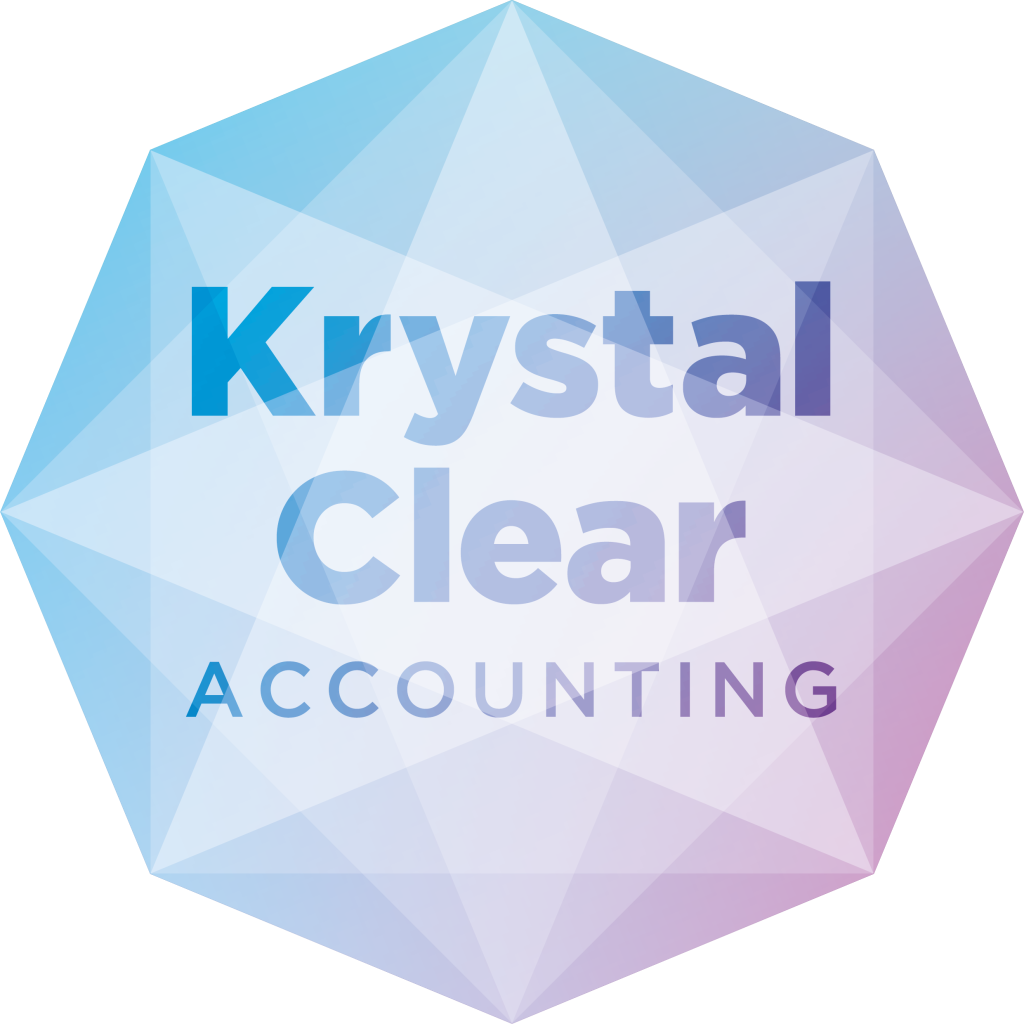Have you made lots of money this week, this month, this year so far?
Truthfully, do you know the answer to this question?

If you are feeling uncomfortable about it and can’t shout out a resounding yes, then you don’t really know your numbers.
The truth is as a business owner of a SME you are not on your own.
About 80% of business owners do not have a handle on their numbers. That is not because they are inept or not capable, it’s usually because they just don’t have the information to hand, in the right format at the right time.
They just don’t have the right tools to do the job.
If you were going on a long car journey, you wouldn’t just jump in without knowing some basic facts would you? Like where you were going, what route you had chosen or how long it was going to take. Nor would you set off without refreshments, your mobile phone or some money in case of difficulties. Yet many businesses do just that where profit is concerned.
Here are the key things to remember:
- You need to identify your goal
- Understand the different routes available
- Understand how long it might take you to get there
- Have the resources to attempt it
- Know how to measure it so you know when you have got there.
You need to plan and have all the tools to make sure you have the best chances of success.
Eight steps to go through:
- Know your numbers. How many customers do you want and need in a month, 3, 6 and 12 months?
- What do those customer numbers mean in terms of turnover?
- What price do you need to sell at or can sell at?
- What is your cost base?
- What is your profit?
- Do you need to plan in additional costs to replace machines that are coming to the end of their useful life?
- Can you meet demand?
- Is your product or services affected by seasonality?
The reality is that many business owners are so busy producing, selling and doing the day job they stumble along not actually knowing if they are making any money at all.
They are just being guided by what is left in the bank account.
If you are one of the 80% who doesn’t know how much money they made last week, then I urge you to talk to your accountant. Don’t start the journey blind and leave it to chance to be successful. It doesn’t have to be that way.
You can implement simple information systems using management accounts and key performance indicators to ensure you can understand, measure and correct results.
This is what a good management accountant does every day of the week. If your accountant doesn’t offer this support then contact a CIMA qualified accountant for your best chance of success. You owe it to yourself.
You will sleep sounder and have super charged those profits before you know it.
If you don’t get this help and support from your accountant why not contact us on the details below to see what’s possible.
Call 0161 410 0020 or email wecare@krystal-clear.co.uk for a free no obligation chat.
Remember “Not all accountants are the same!”

